Mole Traps, a brief history of mole traps and todays modern mole traps - part 3 (The Scissor type Mole Trap)
Early serrated edged scissor type mole trap.
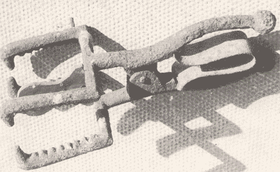
Source: Moles & Their Control (Guy N. Smith)
The Scissor type Mole Trap, constituting the second category among today's preferred mole traps, is widely available in agricultural stores. This particular trap is favored by many due to its perceived ease of setting; however, users often realize that successful mole-catching is not solely dependent on the trap itself but rather on the expertise of the trapper. In its earlier iterations, the Scissor type Mole Trap was crafted from cast iron, a common material for traps during that period. The trap's jaws featured serrated edges or teeth, enhancing their ability to securely hold the mole in place. Additionally, an alternative version of the Scissor type Mole Trap was fashioned from sprung wire, providing trappers with multiple options to suit their preferences and trapping situations.
Arouze type mole trap
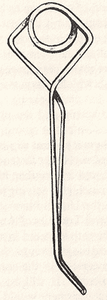
Source: Animal Traps and Trapping (David & Charles)
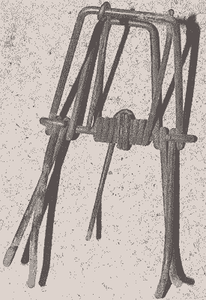
Source: Rural Reflections - a brief history of traps
As the Scissor Mole Trap evolved, its design underwent significant changes, marked by the elimination of serrated jaws and the emergence of the contemporary scissor trap that is widely recognized today. While wire mole traps continue to be utilized, they have adopted a distinct design compared to the scissor traps and are now set using different methods. The evolution in design not only reflects advancements in trapping technology but also highlights the adaptability and innovation in mole trap engineering over time. This shift in design showcases the dynamic nature of mole trapping tools, catering to diverse preferences and enhancing the efficacy of mole control strategies in various settings.
Modern style scissor mole trap.
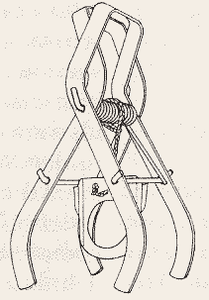
Source: Rural Reflections - a brief history of traps
The Fenn Scissor type Mole Trap, depicted in the illustration, exhibits a slightly smaller profile compared to the conventional scissor trap. Despite its more compact size, it effectively accomplishes the same mole-catching task. Notably, numerous trappers express a preference for this particular Mole Trap over its larger standard counterpart. The choice in favor of the Fenn Scissor type is often attributed to its manageable size, facilitating easier handling and placement, while still delivering reliable results. This inclination towards a more streamlined and efficient design highlights the importance of user experience and convenience in the selection of mole trapping equipment.
Standard style scissor mole trap.
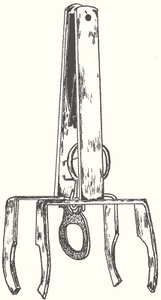
Source: Moles & Their Control (Guy N. Smith)

